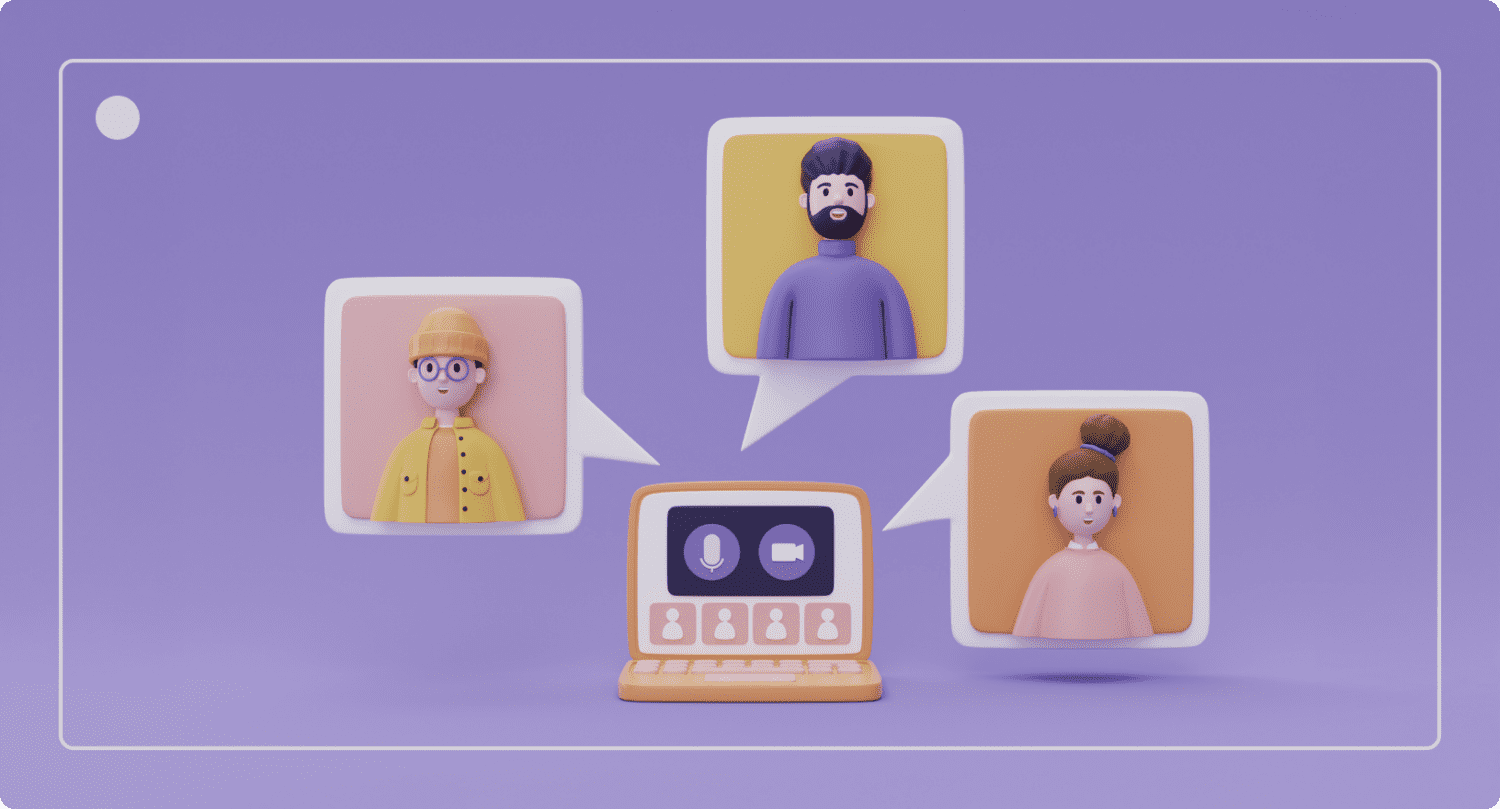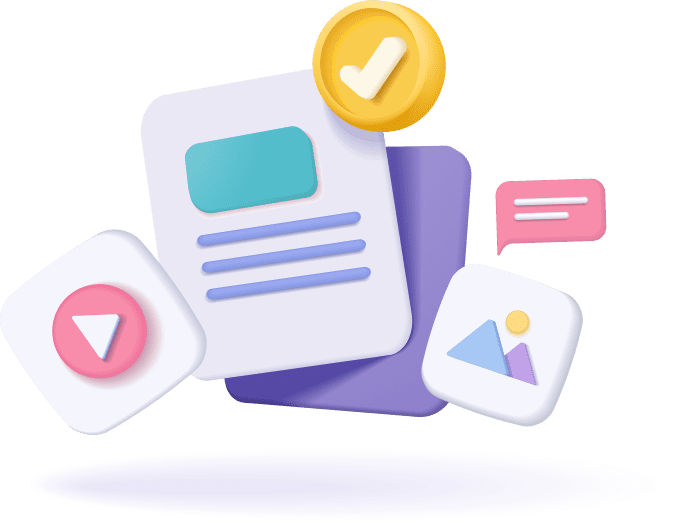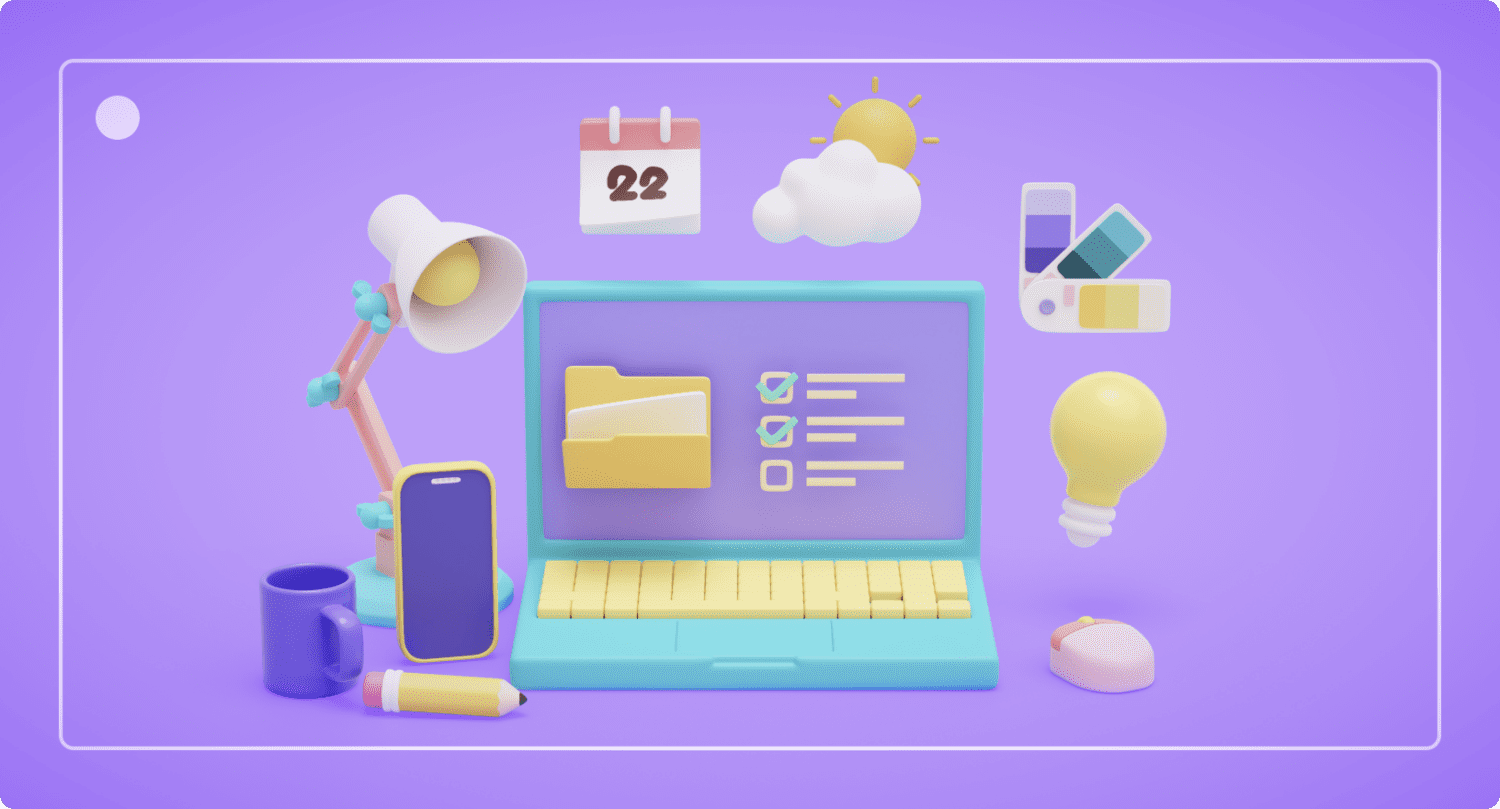How to Align Your Marketing and IT Teams on Digital Accessibility – An E-Commerce Executive’s Guide
Digital Accessibility
Updated on February 13, 2025
Digital accessibility isn’t just a legal requirement; it’s a key business opportunity that can directly impact your brand’s growth and reach. With new regulations like the European Accessibility Act (EAA) coming into effect in June 2025, e-commerce executives must ensure their digital assets, including websites and mobile apps, are accessible to people of all abilities.
Compliance with the Web Content Accessibility Guidelines (WCAG) and regulations ensures your site can reach a wider audience, including people with visual, physical, or cognitive disabilities. Moreover, making your website accessible means embracing digital inclusion, which ultimately benefits everyone—whether they use screen readers, assistive technologies, or struggle with bright sunlight on a mobile phone.
Accessibility also extends to people experiencing temporary or situational limitations, ensuring your content is inclusive for all users, including those using smart TVs or small screens. The right approach to accessibility compliance prevents legal risks. It significantly improves your overall user experience and brand reputation, ensuring your business is well-prepared for the future of digital engagement.

Are your media assets digitally accessible? Find out with our free checklist!
Download NowWhy Digital Accessibility is a Shared Responsibility
Digital accessibility is everyone’s responsibility, bridging marketing and IT needs. Marketers shape brand perception and customer experience, ensuring digital assets are accessible to all. On the other hand, IT teams handle technical aspects like coding and ensuring compliance with accessibility standards. Both perspectives are critical—neglecting digital accessibility could mean legal issues and negative brand impact.
The Role of Marketing in Digital Accessibility
Marketing teams ensure accessible content, including video text transcripts, provide alternative text for images and ensure accessible design. They also focus on creating clear and readable content for individuals with cognitive impairments and use colour schemes accessible to those with visual impairments. Addressing accessibility specifications such as these helps boost engagement, ensuring content reaches users with diverse abilities and maximising the audience’s experience.
The Role of IT in Ensuring Digital Accessibility
Your IT team implements and maintains web accessibility standards across platforms. From integrating assistive technology to performing digital accessibility testing, IT ensures that all digital products meet the necessary success criteria to enable equal access for all users, regardless of disability.
Alignment Challenges for E-Commerce Marketing and IT Teams
When aligning marketing and IT teams on digital accessibility, friction is common, especially within the fast-paced world of e-commerce. Miscommunication and misaligned priorities often lead to inefficiencies, delays, and accessibility problems that can impact the overall shopping experience, leaving people with disabilities at a disadvantage.
Miscommunication on Accessibility Requirements
Marketing and IT teams often use different language and objectives, creating gaps in understanding and execution. This disconnect can lead to accessibility issues being overlooked or misunderstood, delaying critical updates or resulting in non-compliance.
Clear, collaborative communication is essential to align both teams, ensuring that the correct accessibility features are implemented effectively and consistently maintained to meet evolving requirements.
Inconsistent Priorities: Creative vs. Technical Needs
Marketing teams focus on content deadlines, engagement, and conversions, while IT emphasises technical compliance, site performance, and implementing accessibility training. Balancing these priorities requires ongoing dialogue, shared goals, and an understanding that meeting accessibility specifications benefits everyone, from users with disabilities to the business’s market reach and brand reputation.

How to Align Marketing and IT on Digital Accessibility Goals
To align your marketing and IT teams on digital accessibility goals, creating a shared vision is essential. This will help meet the legal requirements set by the EAA and ensure your site is accessible to everyone, including people with disabilities.
Establish Clear, Shared Objectives
Set clear, mutual goals for marketing and IT that focus on building accessible digital products. For instance, complying with the World Wide Web Consortium (W3C) standards like WCAG 2.1 will help you create an accessible website while improving your audience reach.
This shared objective can support a wider range of users, including those with visual impairments and other disabilities, allowing your digital products to be navigable by different users on mobile phones, smart watches, and other devices.
Bridge Communication Gaps
Communication between teams is crucial. Regular check-ins, shared project platforms, and open discussions help close gaps.
For example, a joint decision-making approach can ensure marketing goals around design don’t conflict with IT’s ability to implement assistive technologies like braille displays or speech input features. This helps keep all web and mobile apps accessible without compromising the user experience.
Create Joint Accountability and Metrics
Define metrics both teams can track, such as improved accessibility scores and increased engagement from people with disabilities. Metrics like reduced bounce rates and positive feedback from users with physical disabilities or low vision can drive motivation.
Joint accountability ensures everyone is working towards the same accessibility rules, reducing the risk of legal action and ensuring your site and services are inclusive and effective.
Practical Steps to Achieve Alignment on Digital Accessibility
To achieve digital accessibility, you must effectively align your marketing and IT teams. Here’s how you can bring everyone on board and work towards meeting accessibility specifications, driving innovation, and ensuring no audience is left behind.
Joint Training on Digital Accessibility
Arrange cross-departmental training sessions to help both teams appreciate the value of accessible layouts. Marketing will learn how it helps engage users of different abilities, while IT will grasp the technical aspects of implementing these features. Through shared understanding, both teams can navigate and address accessibility problems more effectively.
Cross-Department Accessibility Audits
Conduct regular audits involving both teams to evaluate digital assets against accessibility success criteria. This collaboration helps ensure that websites, services, and tools meet the needs of all users, including those using assistive technology, like a braille display, or those with temporary disabilities, such as a broken arm. Together, you can make accessibility improvements that benefit everyone.
Establishing Roles and Responsibilities
Define clear responsibilities for marketing and IT. Marketing should focus on content creation, ensuring accessibility, and considering different devices, user experiences, and disabilities. IT should handle the technical side, such as ensuring the website’s code meets accessibility guidelines. When roles are established, it’s easier for everyone to contribute to building an inclusive digital world.

Tools and Technologies to Support a Digitally Accessible Platform
To build a digitally accessible platform, you need the right tools and technologies to support marketing and IT teams in meeting accessibility specifications effectively. Technology is crucial, from ensuring visually impaired users can access your content to enabling people with hearing impairments to interact with your services.
Accessibility Tools for Marketing Teams
Marketing teams can benefit from software like WAVE and AllAccessible that identify accessibility issues directly on a webpage, ensuring content is accessible from the beginning. This includes adding alt text for images to assist blind users and ensuring text meets contrast guidelines. Accessible marketing content meets requirements and drives innovation by reaching more users, including those with temporary disabilities or reduced cognitive ability.
Accessibility Tools for IT Teams
For IT teams, automated testing tools such as Deque AXE and Google Lighthouse are vital for identifying technical issues across your website. These tools help test compliance against WCAG standards and ensure your digital project remains accessible. Integrating accessibility into your development workflow can prevent issues before they arise, making your services more inclusive for disabled people and enhancing the user experience.
Wrapping Up
Aligning your marketing and IT teams with digital accessibility means reaching more customers, meeting accessibility specifications, and building a seamless online shopping experience.
Disabled people, including those with visual impairments or seizure disorders, deserve to interact with your brand easily. A well-aligned team helps you build accessibility into your website and services, meeting requirements while driving innovation and enhancing the customer experience.
Take the First Steps Towards Digital Accessibility
Are you ready to make your website accessible to everyone, including working-age people and the public sector? Get tailored guidance to help your teams align, build accessibility, and transform your e-commerce experience.
We offer a free consultation to discuss how your business can meet accessibility requirements and create a more inclusive shopping experience. Let’s ensure that no customer is left out. Book your 1:1 consultation today, and let us help your businesses grow with accessibility and technology at the forefront.

Frequently Asked Questions
Here are some frequently asked questions to help you navigate this vital area.
Digital accessibility in e-commerce ensures that online shopping platforms are usable by everyone, including people with disabilities, by adhering to standards like the WCAG guidelines.
Alignment leads to a cohesive strategy that enhances the user experience, broadens audience reach, and ensures compliance with accessibility laws, benefiting the business overall.
Better Content. More Sales.

Fill out the form to discover our end-to-end eCommerce content solutions for brands & shops




